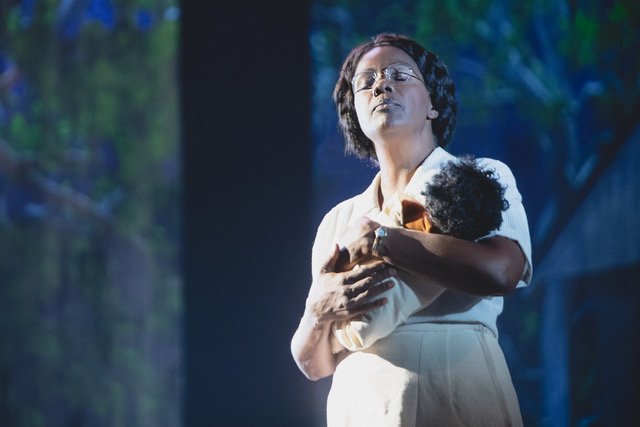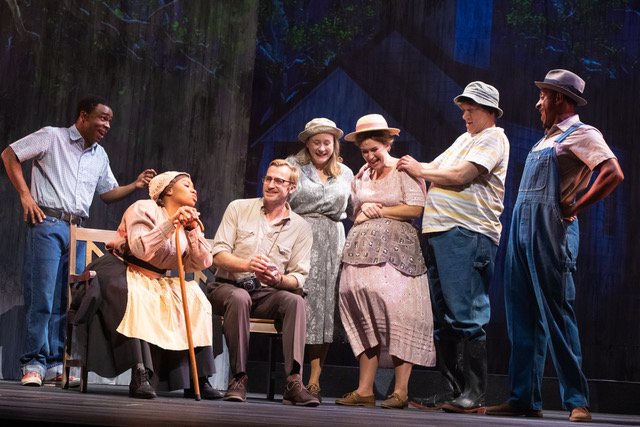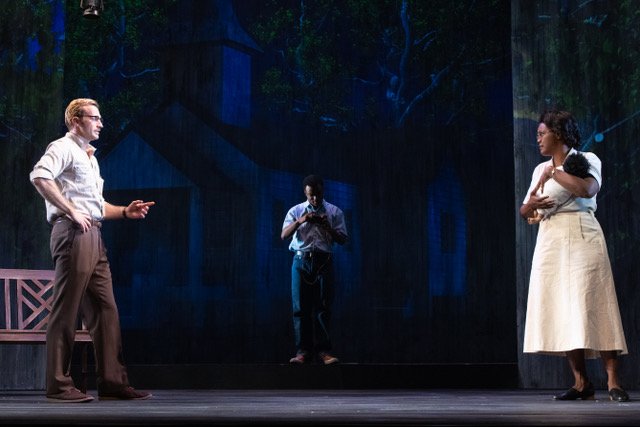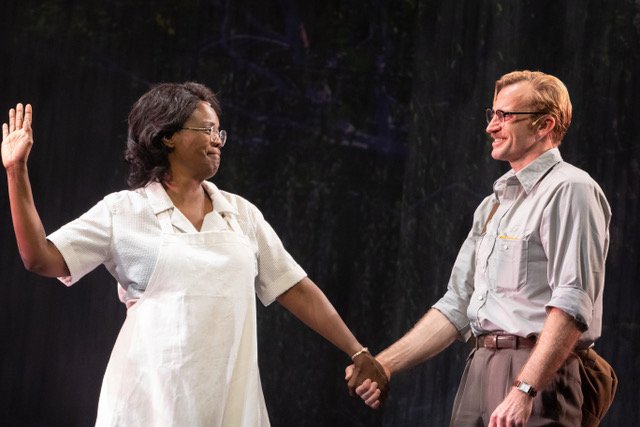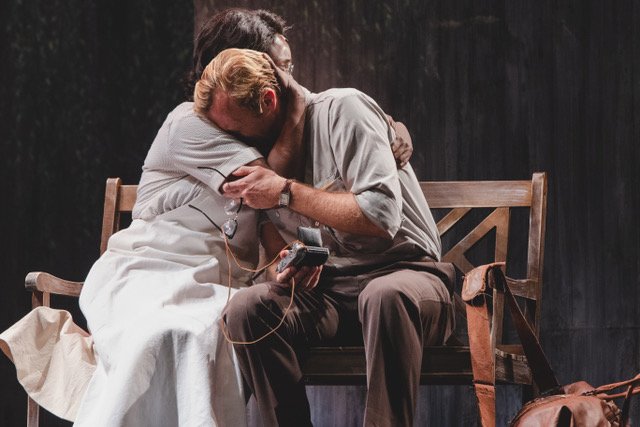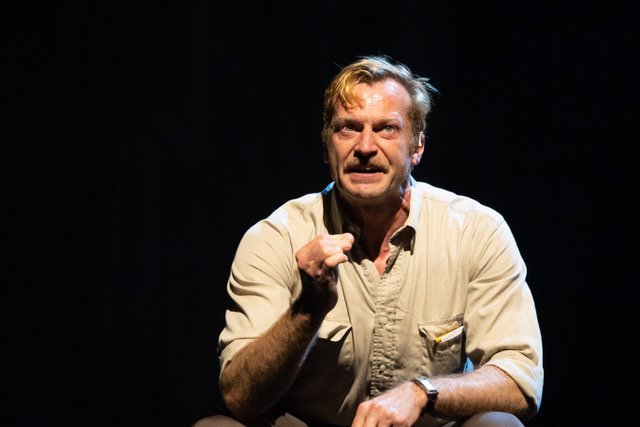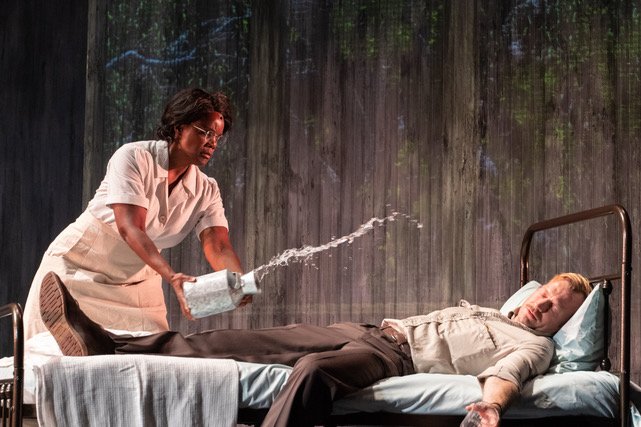Miss Maude
MISS MAUDE is the true story of the relationship forged between renowned Life Magazine photographer Eugene Smith, and a fifty-two-year-old Southern, Black nurse/midwife, Maude Callen.
The real-life Maude became the subject of Gene’s award-winning photo essay in the December 3, 1951 issue of Life Magazine. The essay was groundbreaking as it was the first piece ever to appear in a national magazine about a heroic black woman.
MISS MAUDE begins after GENE spends three months in New York’s Payne-Whitney Psychiatric Hospital, recovering from a nervous breakdown and suicide attempt. Gene’s addiction to pills and alcohol, along with a bad decision to have an affair with his female assistant, landed him in a psyche ward. His wife CARMEN came to visit and laid down the law: until Gene fixes himself, Carmen and their children will have nothing to do with him. When Gene returns to his small Upper West Side work studio, his Life Magazine editor ED visits. The magazine will give Gene one final chance to salvage his career at Life. Ed talks Gene into doing a photo essay about midwives, a subject that has haunted Gene since a trip to Spain. It is decided Gene will go to Charleston, South Carolina, to visit a black midwifery school there. He will follow a young student during her education.
At the school, Gene meets MAUDE, a tiny dynamo who not only teaches midwifery, but travels all throughout the backwoods, taking care of pregnant women and various patients under her care. Gene instantly knows he has found the real subject of his photo essay. He follows Maude back to her house in the countryside. His loud, abrasive New York style is not a good fit for Maude and her quiet, focused demeanor. Gene tells Maude he will follow her everywhere. For months maybe. He will always be at her side. Taking pictures. Maude only agrees after making Gene promise to help her raise money to build a tiny clinic since the nearest hospital is 40 miles away.
Gene moves onto Maude’s porch for two months to trail her every move. Through Maude’s eyes, Gene sees the systemic racism she faces every day. He watches as Maude cleverly and stoically maneuvers her way through not only racial obstacles, but an incredible lack of medical resources that hampers the way Maude serves the poverty-stricken families in the South Carolina backwoods.
Over the course of their summer together, as Gene desperately seeks the perfect images to illustrate the story of Maude’s life, the two of them force each other to face the personal demons plaguing them for years. Gene, with his probing questions and cameras, forces Maude to look at the personal choices she has made, and the family she has sacrificed. Maude, through her spirit, perseverance, and pure love, restores Gene’s lost faith in mankind and in himself. As a result of the time they spend together - and the tremendous impact of the published story in Life Magazine - Gene and Maude are able to re-construct the broken pieces of their lives and move forward.
Eugene Smith often stated that of all the stories he photographed, it was Maude Callen’s story that moved him the most. The two built a friendship that lasted the rest of Eugene’s life. And Maude went on administering to her backwoods communities until she died at the age of 91.
